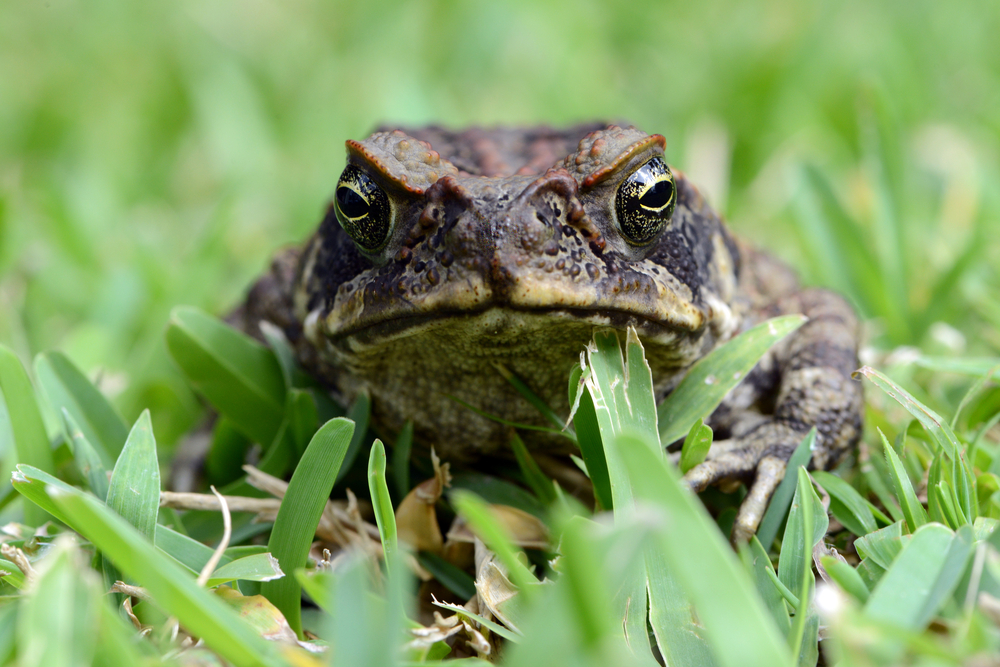
An invasive species is typically introduced by human activity, either intentionally or unintentionally. When an animal, fish, insect, or plant is taken out of its original ecosystem and introduced to a new one, whether by accident or on purpose, it’s less likely to have any natural predators. In this article, we’ll look at 10 examples of those invasive species . We’ll also find out how they affect their new homes.
-
GIANT AFRICAN SNAIL
Originally From: East Africa
Invasive In: Asia, South America, the West Indies, and parts of North America
Risk: It’s one of the most damaging snails globally as it can eat 500 different plants and even cause meningitis in humans. -
BURMESE PYTHONS
Originally From: Southeast Asia
Invasive In: Florida Everglades
Risk: They take up food and space of other natural predators. -
CARP
Originally From: Europe and Asia
Invasive In: USA
Risk: This fish destroys natural habitats by reducing water clarity and destroying the habitats of native fish and amphibians. -
WILD BOAR
Originally From: Eurasia and North Africa
Invasive In: Oceania and North America
Risk: They damage native plant species, take resources from competing predators, and spread disease among humans and animals. -
CANE TOAD
Originally From: South and Central America
Invasive In: Florida and Australia
Risk: The toads are a significant problem for pets and wild animals that try to eat them because they are poisonous. -
BROWN RAT
Originally From: Central Asia
Invasive In: Everywhere except Antarctica
Risk: They can spread disease and damage your central home systems. -
KUDZU
Originally From: Southeast Asia
Invasive In: USA
Risk: Kudzu grows faster than most plants, preventing biodiversity by limiting the growth of other different plant species. -
NILE CROCODILE
Originally From: Africa
Invasive In: Florida Everglades
Risk: If the Nile crocodile remains in Florida and intermixes with the American crocodile, it could threaten the American crocodile species and produce a bigger, more dangerous species. -
KILLER BEES
Originally From: Africa and Eastern Europe
Invasive In: Brazil and North America
Risk: Despite their name, these bees aren’t a threat to humans. They threaten domestic bee populations by fighting for resources that both species need. -
GREEN IGUANAS
Originally From: South and Central America
Invasive In: Florida
Risk: They cause huge infrastructure issues as they damage the integrity of pools, housing foundations, sidewalks, and roads by digging in lengthy tunnels.
Globalization has fed the problem of invasive species, and they vary on our planet. Some small actions like releasing a pet fish into the water or planting some sort of foreign weed could wreak havoc on an ecosystem for centuries to come. The history of invasive species is usually one of unforeseen consequences, so we may want to think about the future before going out and buying an exotic pet!























1 thought on “Top 10 Invasive Species That Destroyed Ecosystems”
You left out the most invasive species, Homo Sapiens.